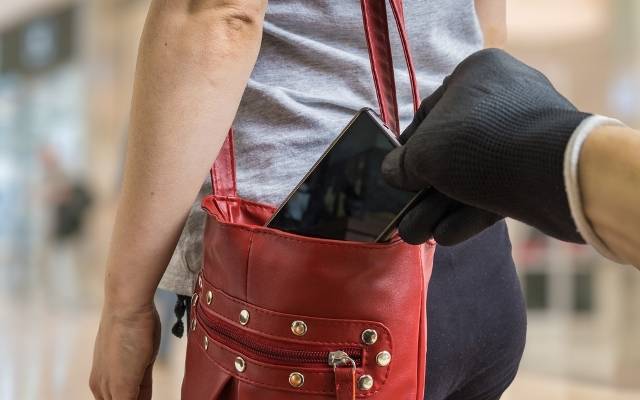Smartphone theft is a prevalent and annoying phenomenon. An Israeli researcher has developed a method to identify a thief within 14 seconds.
Mobile devices have assumed an important role in our lives. Studies have shown that on average, a person uses a smartphone 4.7 out of 15 waking hours.
We store a tremendous amount of personal, private information on our devices.
Most people are confident that locking their smartphones with a password provides enough protection, but past studies have proven that such passwords can be broken fairly easily, since most people choose familiar passwords that are easy to guess.
In 2013, 3.1 million people in the US were victims of smartphone theft, and 68% testified that they subsequently had not succeeded in restoring all of the stolen information.Therefore, a need exists to identify who is using a device in real time in a way that is hard to counterfeit.
An Israeli researcher at Ben-Gurion University of the Negev has developed a verification method based on how the user presses the touch screen, which can identify a thief in 14 seconds.
Researcher Liron Ben Kimon, under the supervision of Prof. Bracha Shapira, Prof. Lior Rokach and Israel Mirsky of the Department of Software and Information Systems Engineering, tested the model on information gathered from 20 users over a two-week period.
The model is based on how the users touch the screen while using the device, where they touch the screen and how much of the finger touches the screen.
Another factor that the model computes is the history of each touch – what was done on the device 30 seconds before the last touch, and specifically, which areas of the screen the user touched, which buttons they pressed and what the electricity consumption was during that time.
The findings showed that unauthorized users can be identified in less than 14 seconds, or in less than 35 touches of the screen. On average, a user touches the screen 35 times in 13.8 seconds.
A thief who wants to steal information from the device will almost certainly touch the screen more than 35 times to reach the information, since he or she is not as familiar with the device as the owner and therefore would have to search for information by touching the screen more often.
Differentiating the user according to how the screen is touched is a verification method that is hard to imitate, since a thief cannot steal another user’s behavior.
This research can be used to develop apps that will lock a smartphone when a thief is identified and back up the information stored.
By: United with Israel Staff
